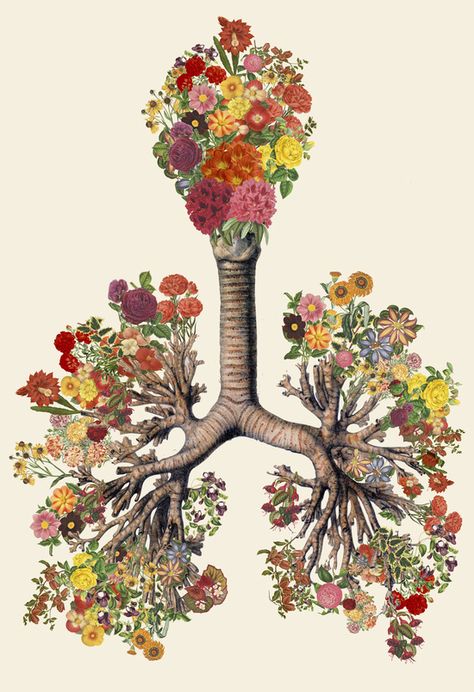Common lung conditions in the nicu
Discover insights and support for common lung conditions observed in the Neonatal Intensive Care Unit (NICU).

Respiratory Distress Syndrome
RDS usually occurs when your premature baby’s lungs don’t fully develop in utero and therefor don’t produce enough surfactant. Surfactant is a substance that allows their lungs to expand easily & stay expanded. Your baby will usually need a chest x-ray, blood gas and ventilator to aid In the first few days after birth & your healthcare team will most likely administer artificial surfactant to make the process a bit smoother on your baby.

Chronic Lung Disease
Chronic lung disease can also be referred to as BPD and is the most common long-term respiratory complication following premature birth. It can be defined as oxygen dependency for at least 28 days after birth – the severity is graded based off the amount of time your baby is on oxygen. Treatment consists of supporting and treating co-morbidities to optimize lung function. Your baby will be on oxygen with routine breathing treatments, they may have a few rounds of steroids or diuretics, your healthcare team will do whatever they can to reduce inflammation within your baby’s lungs.

Transient Tachypnea of the Newborn (TTN)
Transient tachypnoea of the newborn (TTN) is the most commonly diagnosed respiratory condition in term newborn infants. It can be caused by infection, meconium aspiration or pneumonia. Your doctor will typically order an x-ray and a blood gas and will treat with oxygen.

Pulmonary Interstitial Emphysema (PIE)
PIE is a complication of increased ventilator pressure resulting in many small tears within the air sacs or small airways of your baby’s lungs. This pressure creates tiny air bubbles that become trapped between layers of lung tissue. It usually gets better as your baby’s lungs improve and the ventilator pressure to the lungs is reduced.

Congenital Diaphragmatic Hernia
A congenital diaphragmatic hernia (CDH) happens when your baby’s diaphragm doesn’t completely form in utero leaving a hole between their belly & chest. What makes this condition life threatening is that the organs that should be in the belly find their way up through the hole into the chest crowding the lungs. They will typically have surgery quickly after birth and since the CDH impacted their lung growth they’ll most likely be on oxygen.

Pneumothorax
Also known as a collapsed lung, a pneumothorax happens when a tear forms in the air sac of your baby’s lung causing air to collect in the chest. Until the pneumothorax is repaired air will continue to leak out of the lung into the space between the lung & chest wall. The air may need to be drained with a needle or a chest tube over time. In other cases, your baby can just be watched until her body reabsorbs the air and repairs the ruptures in her lungs.

